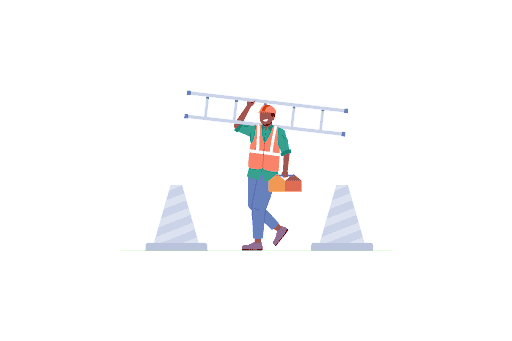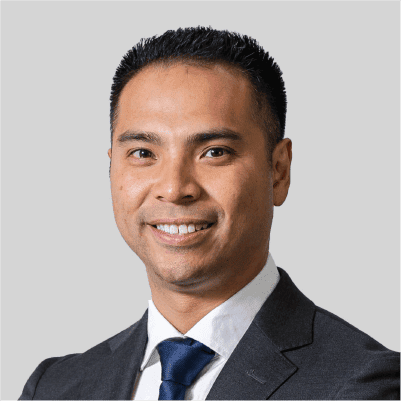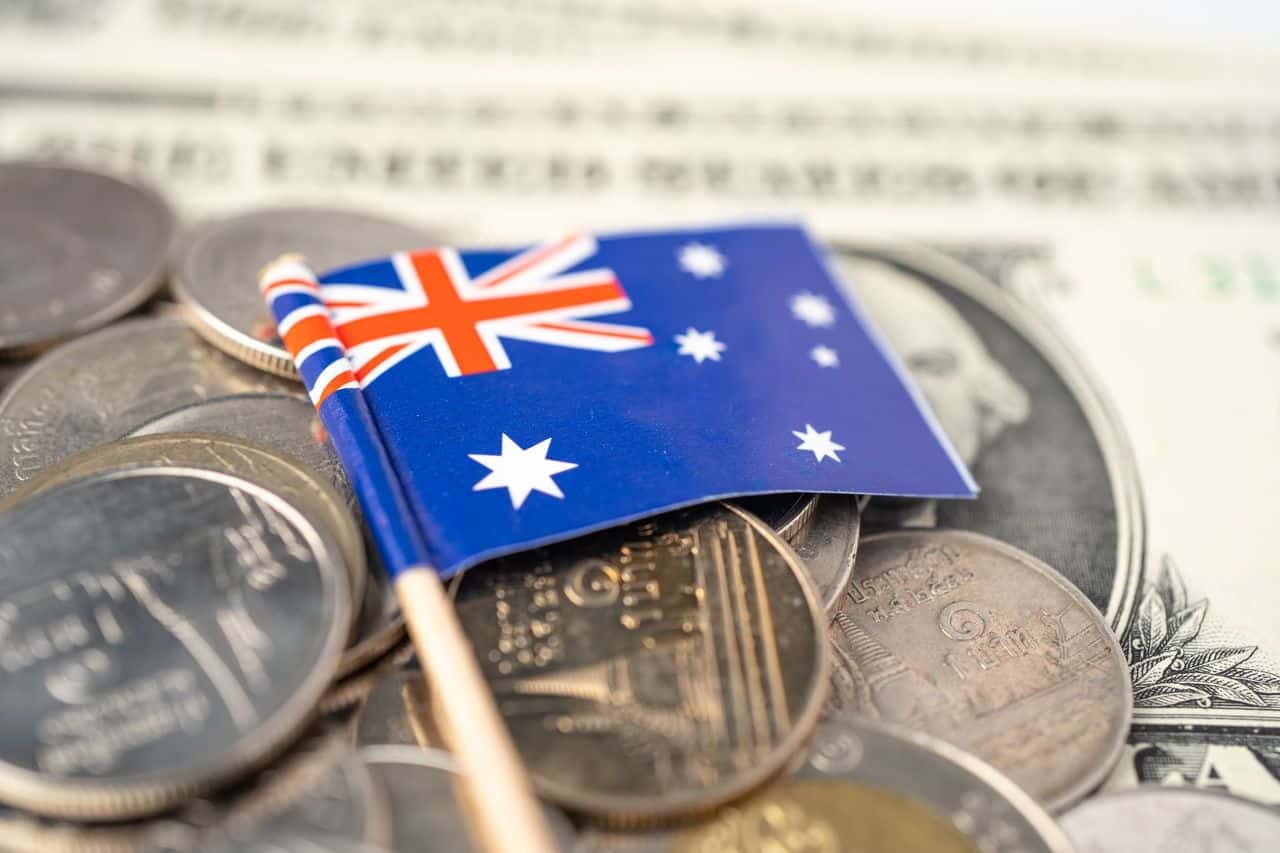Leasehold Improvement Depreciation
When leasing a commercial rental property, tenants must often modify the space to suit their specific business needs.
For example, a restaurateur may need to install a custom kitchen to accommodate their unique culinary offerings, while a creative studio might require specialised equipment and soundproofing for their warehouse-turned-workspace. In most cases, these improvements, known as leasehold improvements, are carried out and financed by the tenant.
As a commercial tenant or landlord in Australia, it’s important to understand the financial implications of these improvements, particularly when it comes time to depreciate leasehold improvements.
In this comprehensive guide, we’ll delve into the concept of claiming leasehold improvement depreciation and explore its implications for both tenants.
What are Leasehold Improvements?
Leasehold improvements, also known as tenant improvements or fit-outs, involve tenants making alterations and modifications to their leased commercial properties to meet their operational needs.
These changes can range from minor cosmetic updates, such as painting and installing new flooring, to more extensive structural changes, like adding partition walls, upgrading electrical systems, or installing custom-built fixtures.
Tenants usually carry out and fund leasehold improvements at their own expense.
Can a Tenant Claim a Tax Deduction for the Depreciation of Lease Improvements?
Depreciation is the decrease in an asset’s value over time due to factors like wear and tear, age, or obsolescence. Regarding taxes, property owners can claim deductions for the loss in value of their investment & commercial properties.
They can claim two types of deductions: capital works and plant and equipment deductions.
Capital Works vs Plant and Equipment Deductions
Consider a retail space as an example.
Capital works deductions would cover the building’s structure and fixed items, such as the shop’s exterior walls, flooring, or built-in shelving units.
In contrast, plant and equipment deductions apply to removable assets within the property, like appliances or fixtures. For this retail space, it might include items like point-of-sale systems, display lighting, or moveable racks for merchandise.
Generally, only the owner of an investment property can claim deductions related to depreciation.
However, leasehold improvements stand as an exception.
Since tenants bear the expense of these improvements, the Australian Tax Office (ATO) allows them to claim tax deductions for the depreciation of these alterations to help them recover some of the costs associated with customising their leased commercial space.

How Does Claiming Leasehold Improvement Depreciation Work in Australia?
Claiming leasehold improvement depreciation in Australia involves understanding the specific depreciation rules set by the ATO and working with a qualified quantity surveyor to prepare a depreciation schedule.
Understanding How to Claim Capital Works Deductions
For capital works deductions, the ATO states that you can claim depreciation for leasehold improvements, including shop fit-outs, at the statutory rate of either 2.5% or 4.0%, whichever is applicable.
You can claim these deductions over the term of the lease. However, if you destroy the capital at the end of the lease (per the lease agreement), you can claim a balancing deduction in the income year in which the destruction occurs.
Quantity surveyors refer to this claim as ‘scrap value’.
Claiming Plant and Equipment Deductions
When it comes to plant and equipment, the ATO assigns an effective life to each asset, which represents the number of years they expect the asset to be functional and useful. The useful life helps determine the depreciation rate for each asset.
For example, if the ATO assigns an effective life of five years to a point-of-sale system, you can claim the system’s depreciation over those five years.
Ordering a Tax Depreciation Schedule from a Quantity Surveyor
To claim depreciation on leasehold improvements, you must get a qualified quantity surveyor to prepare a detailed depreciation schedule.
A depreciation schedule is a comprehensive report outlining the deductions you can claim for capital works and plant and equipment.
A depreciation schedule can apply for up to 40 years of claims, meaning you only need to order one schedule that your accountant can submit with your tax return each year. Additionally, the fees for a quantity surveyor are tax-deductible.
Most quantity surveyor firms offer depreciation calculators or free over-the-phone estimates so that you can decide whether it’s worth your while to order a depreciation schedule.
What Happens to the Improvements and the Depreciation Claim When the Lease Term Ends?
When a commercial lease ends, the tenant typically has two options for their leasehold improvements: remove them or leave them behind.
In general, the tenant can remove their leasehold improvements at the end of their lease term, provided they don’t damage the property in the process.
If the tenant decides to leave their leasehold improvements behind, the property owner may have the option to take over the depreciation claim for those improvements. However, this can depend on the specific terms of the lease agreement.
Keep in mind that any leasehold improvements the tenant leaves behind may become the landlord’s property, depending on the lease agreement. In some cases, the lease agreement may require the tenant to remove their capital improvements or risk losing their security deposit.
Both parties must carefully review the lease agreement and negotiate the terms of leasehold improvements before signing the lease.
Case Study: Applying Leasehold Improvement Depreciation Rules
Samantha runs a small boutique clothing store in a shopping centre in Sydney.
She has been leasing the space for five years and has made several leasehold improvements during her tenancy.
When she first leased the space, it was a blank canvas with a basic layout and minimal fixtures. Samantha recognised the potential of the space and wanted to create a unique shopping experience for her customers. She engaged an interior designer to create a concept for the space, which included custom-built shelves, racks, customised light fixtures, and a new point-of-sale system.
Samantha engaged a builder to renovate and spent $60,000 on the leasehold improvements.
Her accountant advised her to engage a quantity surveyor to prepare a depreciation schedule for her leasehold improvements, allowing her to claim the maximum tax deductions over the life of the assets and essentially reduce her taxable income over the lease period.
The quantity surveyor conducted a site inspection and prepared a detailed report outlining the deductions Samantha could claim for both capital works and plant and equipment.
The depreciation schedule estimated the value of Samantha’s leasehold improvements and assigned an effective life to each asset, which would determine the depreciation rate and eventual tax benefit for each asset. The depreciation schedule showed that Samantha could claim a total depreciation of $20,000 for her leasehold improvements over the remaining effective life of the assets.

Now that the remaining lease term is ending, she’s unsure what will happen to her leasehold improvements when she vacates the space.
She contacts her accountant, who advises her on the process for claiming depreciation on her leasehold improvements and how to negotiate with the landlord regarding the ownership and removal of the improvements.
Before vacating the space, Samantha arranges for a professional removalist to take down and transport her custom-built shelves and racks to her new store. She leaves behind several other leasehold improvements, including the point-of-sale system and custom-built counters.
As per her lease agreement, the landlord will take over the depreciation claim for these assets, and Samantha will forfeit any claim to depreciation on these assets.
Key Takeaways
Commercial tenants in Australia should consider leasehold improvement depreciation to maximise their tax deductions.
Tenants can claim depreciation for leasehold improvements, including alterations or additions to a leased property, and should engage a quantity surveyor to prepare a depreciation schedule to help claim the maximum deductions.
It’s also essential for tenants to negotiate the terms of any leasehold improvements with their landlord to avoid any misunderstandings or disputes.
When tenants understand leasehold improvement depreciation, they can reduce their tax liability and achieve the best possible result at the end of their lease.
If you need assistance with your tax depreciation schedule for leasehold improvements, consider contacting Duo Tax. Their team of experts can help you navigate the process and ensure that you claim the maximum deductions for your leasehold improvements.
Contact Duo Tax today to learn more.

Ready to get started?
Talk to one of our friendly property experts to get a free quote or more Information.










